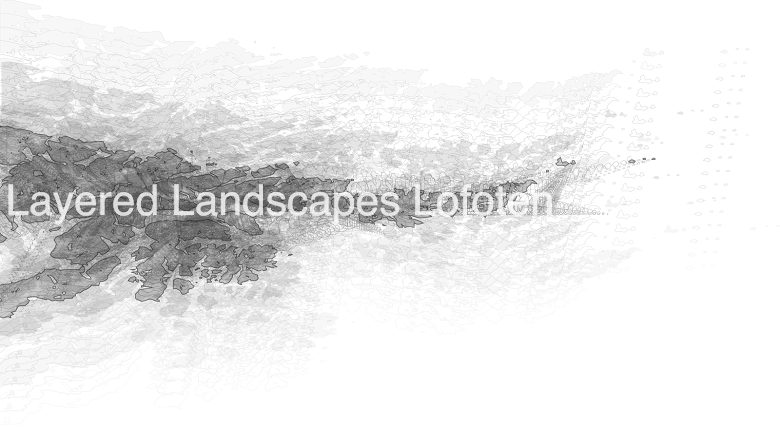It became a book of photos, sensory mappings, sketches and candy wrappers.
Once back home, I decided to explore Lefebvre's theories of space a little more. (1)
He proposes a trinity, which he calls "moments of the production of space".
- spatial practice: the material dimension of social activity and interaction
- the representation of space: defining space through discourse, speech, descriptions, theories, maps, pictures etc.
- spaces of representation: spaces, which refer to something else - a divine power, the logos, the state
What came to interest me most were the spaces of representation. Which spaces do we create solely to carry an idea? Idea, which may have sprouted from our everyday activities, then discussed with others and finally manifested in some form in space - maybe to come full circle and influence our everyday activities.
A space, which best represented Lofoten to me, was a view from the seashore at Kvalnes during a hailstorm. A narrow village between dramatic mountains and a stormy sea, a tiny strip of comfort.
A space, which best represented Lofoten to me, was a view from the seashore at Kvalnes during a hailstorm. A narrow village between dramatic mountains and a stormy sea, a tiny strip of comfort.
Which monuments do the people of Lofoten create? Which ideas do they find important to build?

No comments:
Post a Comment
Note: Only a member of this blog may post a comment.